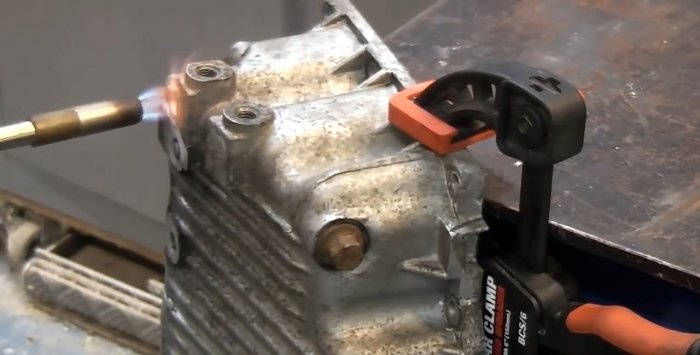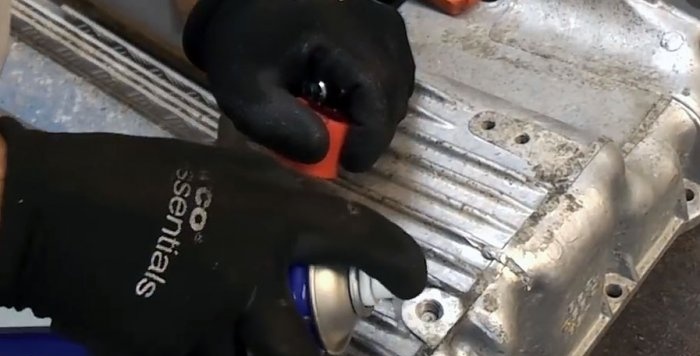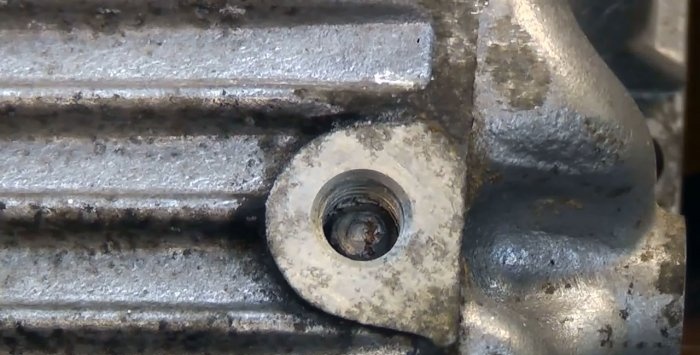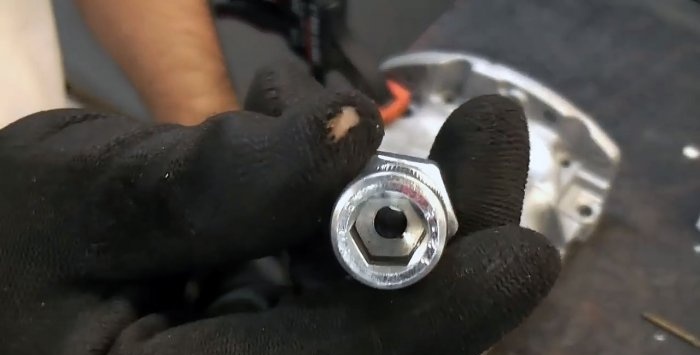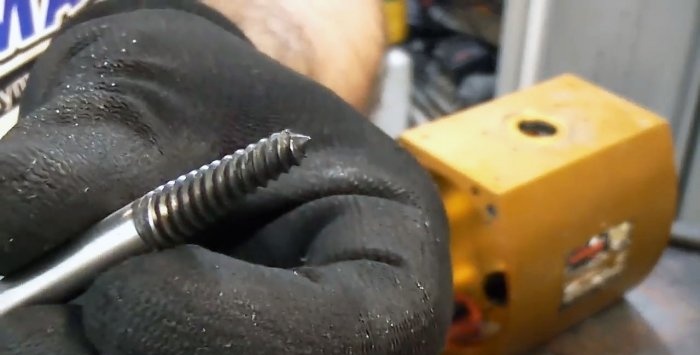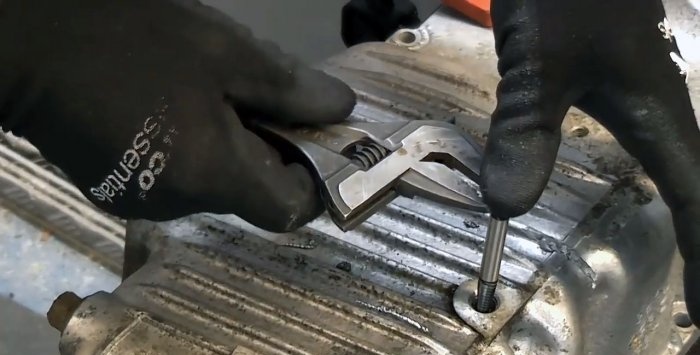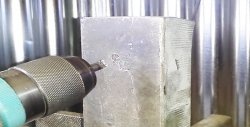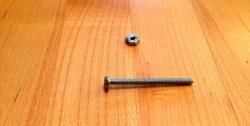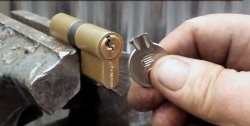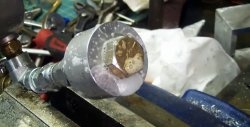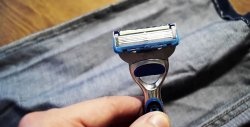When a bolt or stud breaks off and remains deep in the hole, the situation seems hopeless. This happens if:
- apply excessive force to the key;
- the hardware turned out to be defective (for example, the presence of an internal microcrack);
- the tightening was greater than the permissible value;
- During operation, souring (oxidation) of the threaded connection occurred.
The situation is further aggravated by the fact that the part can be large and expensive (in our case, an aluminum alloy oil pan), and the unit where the piece of hardware is stuck is critical and there is nothing to replace it with.
This matter becomes more complicated if the broken bolt or stud remains in the hole of a part made of aluminum or magnesium alloy, which is much softer than steel hardware. Therefore, the fragment should be removed very carefully and carefully so as not to damage the threads in the hole of the part.
Preliminary actions
In order to increase the likelihood of successfully removing broken hardware from threaded holes, the following operations will not be superfluous:
- tap the fragment using a special spring-loaded center punch or a regular one, lightly hitting it several times with a hammer. This will loosen the fit of the broken hardware;
- heat the part in the area of the hole with the fragment using a gas burner to partially relieve internal stresses, but do not overdo it so as not to melt the aluminum;
- inject or pour a little penetrating lubricant such as W-40 into the hole, including to dissolve contaminants and remove rust.
Such measures taken together will significantly facilitate the procedure for removing the remains of a bolt or stud from a hole.
The process of removing the fragment
The greatest difficulty is in extracting a piece of hardware with a non-flat fracture surface. When attempting to drill, the drill bit may slip and damage the threads in the hole.
To remove such a fragment, we inject a penetrating lubricating liquid into the hole and select a guide bushing suitable for the thread.
We screw it into the hole until it stops against the bolt or stud and tighten it with a locknut. Using a drill and a solid drill with grease at the end, we drill a small recess in the fragment for the extractor.
Having unscrewed the jig, we make sure that the drilling is exactly in the center and its depth is sufficient.
If this is not the case, you can continue drilling without fear of damaging the threads in the hole, since we already have a guide recess. Drilling should not be through, so as not to damage the aluminum part.
Next, take a screw extractor of suitable diameter and drive it into the hole.
Then, holding the tool with your finger, carefully turn it out, making sure that the extractor sits tightly in the fragment.
We screw the bolt into the hole and make sure that the thread is intact.You can coat the threads with copper grease or something similar to prevent the bolt or stud from becoming jammed in the threads of the hole the next time.
Tips and notes
Since the work of removing broken bolts and studs involves drilling, heating, the use of impact tools and corrosive liquids, it is necessary to use personal protective equipment: long sleeves, gloves, goggles, possibly even a respirator.
If you don’t have a left-hand rotation drill, then nothing bad will happen. You can use a standard right-hand rotation drill, but supplement it with an extractor, which can also be left-handed or right-handed.


